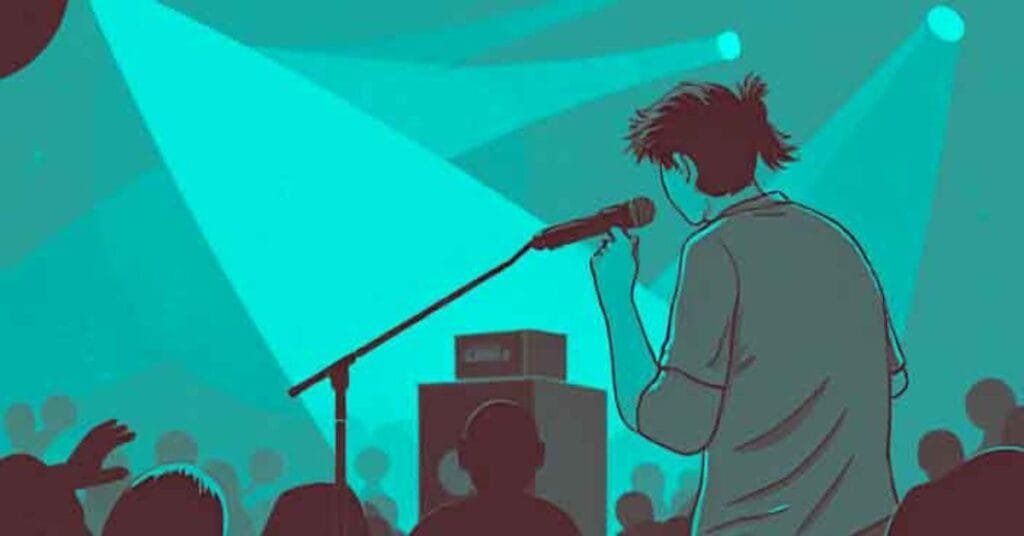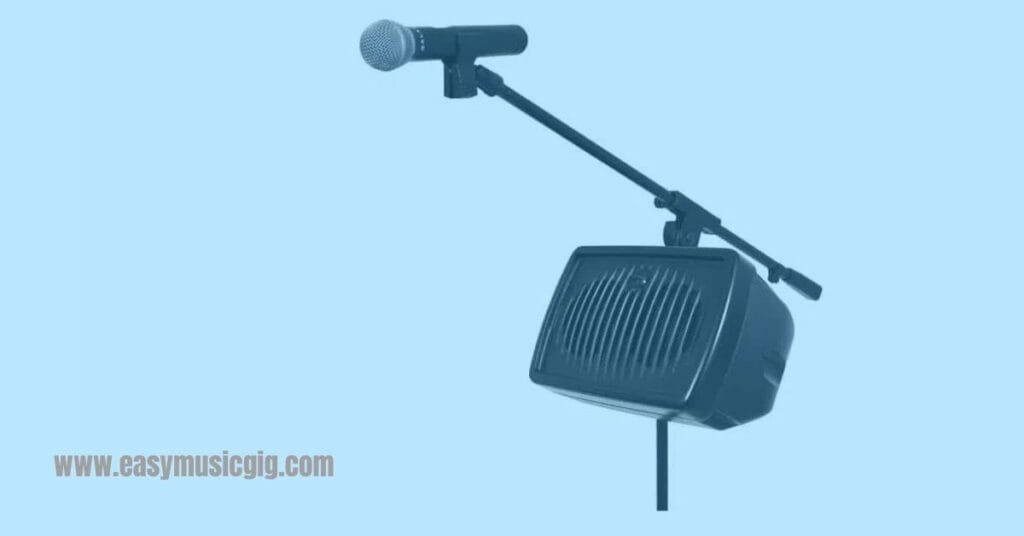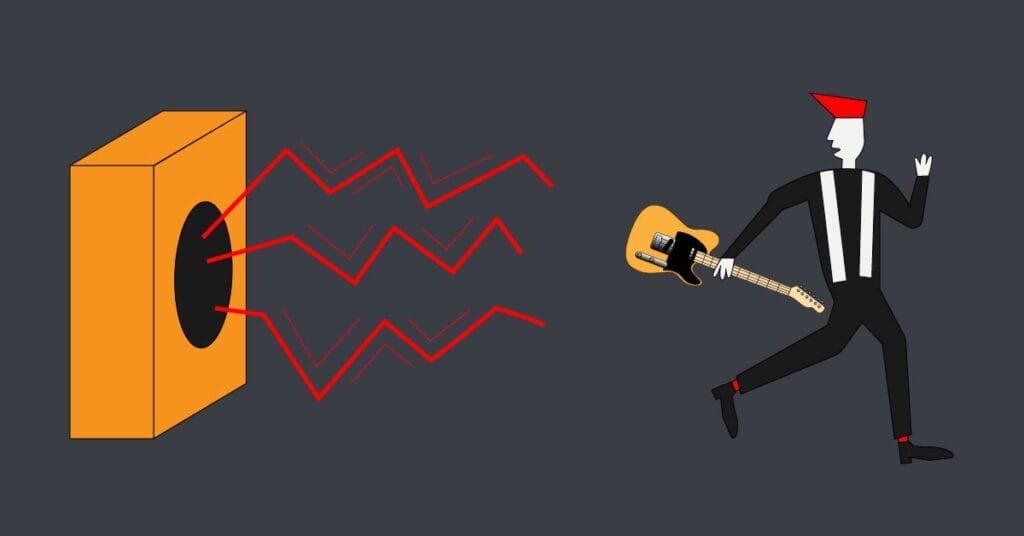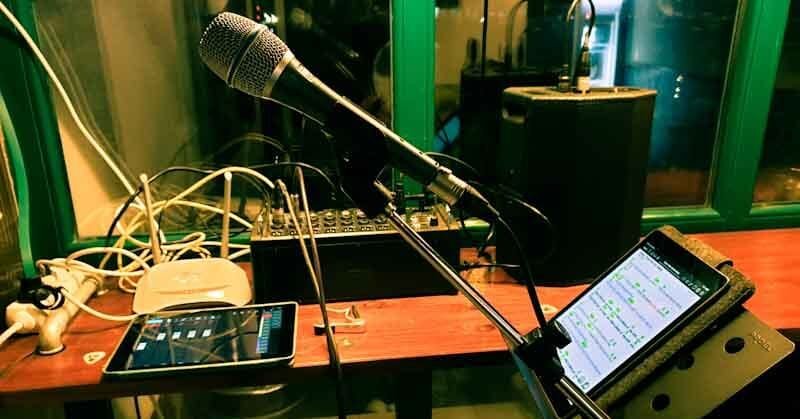Backing Tracks for live gigs: Pros and Cons
In the modern world of playing live music for a living musicians have to diversify their income streams. Playing in various band formations and as a solo act is the new normal for most of us. Enhancing our musical performances is a natural and ongoing process.
Backing tracks for live gigs can be a game-changer for many musicians. If used wisely, they can make our shows much more interesting and not less important, make it easier for musicians who gig a lot. On the other hand, if used incorrectly or too often, backing tracks can make us sound fake in a bad way.
Let’s review some of the pros and cons of using backing tracks.
What is a Backing Track?
A backing track is considered any pre-recorded material that is used in a live situation. It can only be a tambourine helping us with the tempo of a song or a rhythm guitar, to a full band with a horn section and backing vocals.
Backing tracks are usually stored and played from a laptop that sends audio to the main mixer. Other devices that can be used for this are:
- PC Tablets
- Smartphones
- MP3 players
- Loop pedals with internal memory
- Dedicated Backing track machines (Merish, M-Live, Idoru)
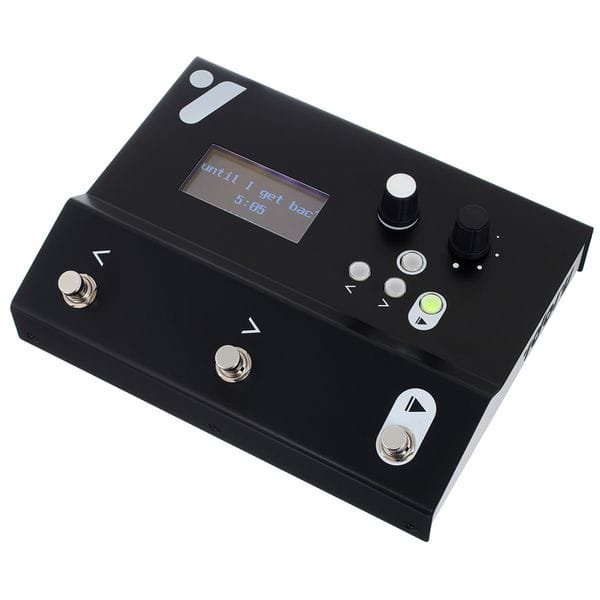
Single-channel vs multi-channel backing tracks
Single-channel backing tracks
The single-channel route isn’t exactly a single channel. I am referring to the one-cable method where the stereo signal is split into left and right. Usually, one channel (right) has all the backing tracks while the other (left) has a click track and voice cues. All of the backing tracks are fed to the mixer through one channel. Technically, you could mix two separate channels to the mixer, but this time, with no click track.
Multi-channel backing tracks
This approach is for those who want to be able to adapt to the number of musicians they have for a certain gig. I.e., we can have 6 separate backing tracks to choose from. When we play a solo gig, we can send all the channels to the mixer and mix them just like a live band, or when we play with a full band and the keyboard player can’t make it we can send only the keyboard channel to the PA.
Some devices have outputs for each track where the mixing is done on the main mixer (Idoru), while on some devices the mixing has to be done internally (Laptops).
For playing multi-track backing tracks, we need to use a DAW or any app that supports playing multiple tracks like Stage Traxx.
Pros of using backing tracks
1. Everything can be played
Allows bands to play instrument-rich arrangements that would otherwise be impossible. Imagine having a string quartet or a philharmonic orchestra be your guests for a few songs during your hotel gig! With some songs, the audience expects to hear those characteristic instruments. Yes, it can be done, just don’t overdo it.
2. Accurate tempo
Helps with maintaining a steady tempo. A simple click-track can do wonders when playing complicated arrangements. In our band, we have a rhythm guitar playing on some backing tracks. The pre-recorded guitar cannot adjust to our tempo, we have to play along with it. A click track is a helpful aid for our drummer for this.
3. Helps replace missing band members
We can replace a missing band member when using multitrack backing tracks. This feature can save your show or perhaps you simply want to do a couple of gigs this way.
Example: You have a gig at a hotel every Tuesday but have to be very quiet because you’re playing right next to the guests at dinner time and no drums are allowed. This is where a pre-recorded drum can used in some songs, but you can make it sound very quiet, by just lowering the drum track’s volume.
4. Less is more
Enhances live performances even with subtle use. Sometimes less is more. Just a light synth sound, violin, or sax solo can make all the difference.
5. Can be done without a DAW
Some musicians don’t like the idea of lugging a laptop to their gigs. They aren’t that road-proof and need an additional secure surface to place them on. Devices like the Boss RC-5 Looper can store up to 13 hours of backing tracks on 99 memory slots. It is a heavy-duty guitar pedal and makes the crowd wonder “Where are those instruments coming from?”.
Another good example of playing gigs without a DAW is the app Onsong. It is mainly used for lyrics and chords, but can also easily handle mp3s for backing tracks.
6. Great practice tool
This isn’t a pro that is associated with playing live gigs, but surely has many benefits. Backing tracks are perfect for learning. They can help you with tempo precision and confidence when playing with a band if you are new to that.
Cons of using backing tracks
1. Additional investment in gear
To be able to play backing tracks you need some extra gear. A laptop, iPad, or special device for baking tracks costs extra money, and we all know musical instruments are not cheap in the first place. Quality buying custom backing tracks is also not free.
2. Technology can fail (Backup needed)
The device you use for playing backing tracks can fail to work, it’s not that your guitar player forgets to play a part in a song, it’s the song not playing. Don’t be unprepared. If you go this route, always have a spare device that can do the job. A cell phone with a copy of your backing tracks is limited for some but can do the job when needed.
3. No room for spontaneity
When someone in a live band makes a mistake at the start of a song, you can always start again, a funny comment goes a long way. Don’t try to hide that you are using a backing track. If the band isn’t in sync with the backing track, it’s not that cool. Staring over looks unprofessional.
What if the audience goes on singing the chorus but you’re done with it? You can’t go back and go on with the crowd.
4. Not perfect for every gig
Playing backing tracks looks fake to some people. This shouldn’t discourage you from starting to play with backing tracks. It could be a drawback when playing at a popular venue where everything is usually live and you use backing tracks for all of the songs.
On the other hand, a hotel gig, where your band is more of a sideshow can benefit from backing tracks.
5. Steep learning curve
Playing with backing tracks seems easy at first, but when you start thinking about what you need to get things going, it can become overwhelming. Do your research first before you start taking any actions regarding backing tracks. If you are not a tech-savvy person, it can take some time to master.
6. Creating backing tracks isn’t easy
Many musicians create their backing tracks to sound authentic and professional. This is a must for original material. But if you’ve never done this it can be hard to master. You should be familiar with music production using DAWs, MIDI technology, and music arrangement.
Conclusion
Using Backing tracks for live gigs has its advantages and drawbacks, depending on many factors. It is a balance between a successful implementation and a bad one. Your live performance, whether it’s your band or only you should be the center of the show. Backing tracks should only be a tool that is used to enhance your act.
Many bands and solo acts are using backing tracks and are quite successful at it. See what others are doing and try to figure out what you think could work for you. If your performance loses authenticity when using backing tracks, you should either not use them or find a better way to use them.
